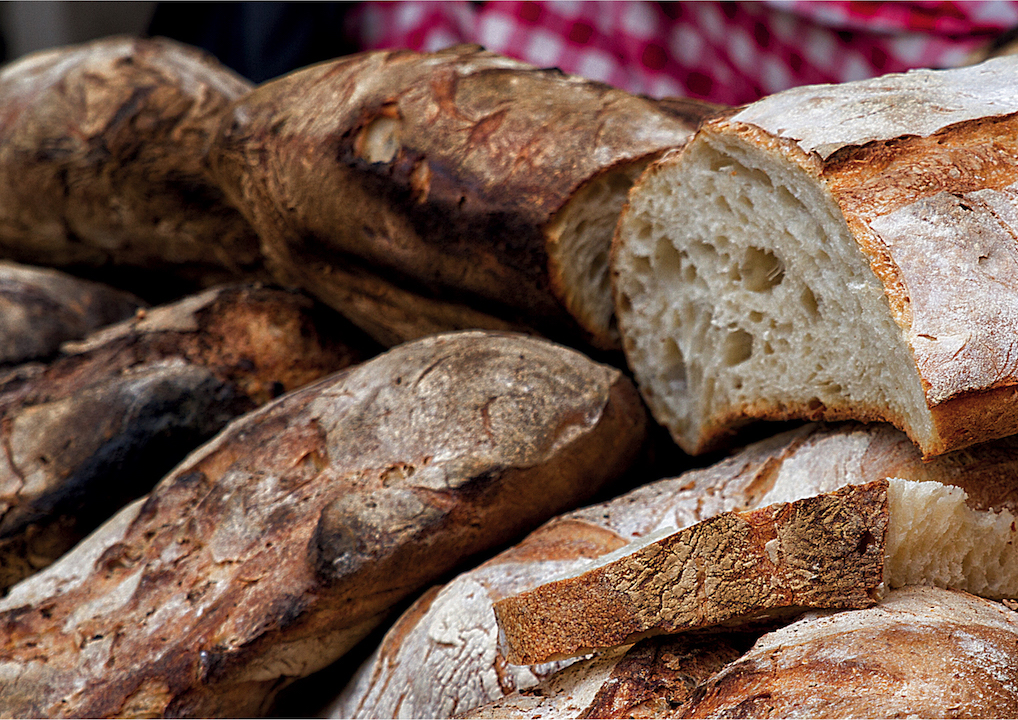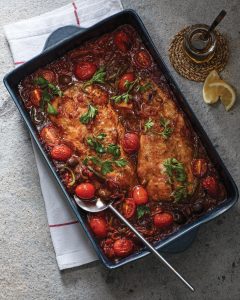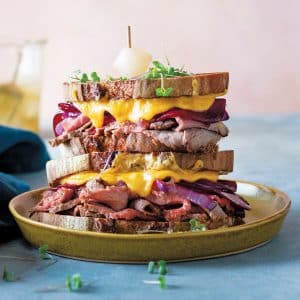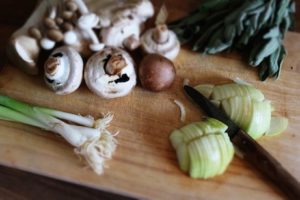Women have their own set of requirements – in life and at the dinner table. Women have lighter bones and more fatty tissue than men because their bodies are designed to carry babies. Durban dietitian Hlanzeka Mpanza, a spokesperson for the Association for Dietetics in South Africa (ADSA), talks about women’s nutritional needs this Women’s Month.
By Lauren Shapiro
Calcium is crucial for bone health as well as muscle and nerve function. Females reach peak bone mass around age 30, after which they lose more bone than they build, resulting in weaker, brittle bones (osteoporosis). Aim to consume three portions a day of milk, yoghurt, cheese, sardines (eat the tiny bones) or tofu. Leafy green vegetables, almonds and calcium-fortified foods are good sources of calcium too.
Vitamin D assists us with calcium absorption. We get 90% of vitamin D from sunlight exposure, so women who spend a lot of time indoors or covered up should eat plenty of oily fish, egg yolk, beef liver and vitamin D-fortified foods.
PROTEIN PUNCH
Women require moderate amounts of lean protein daily. This includes fish, lean red meat, skinless chicken, pulses and soya products. One serving equals one medium chicken breast, a palm-size piece of meat, half a cup of cooked dried beans or lentils, or two eggs.
PUMPING IRON
In general, women need more iron than men because of blood loss associated with menstruation and pregnancy. Iron deficiency can cause fatigue, pale skin and irritability. Eat red meat (including liver), fish, poultry, pulses, nuts, dried fruits and iron-fortified foods. Remember to eat vitamin C-rich foods (such as oranges, guavas, leafy greens, broccoli and tomatoes) at the same time to enhance iron absorption.
FAT CHANCE
You are right to avoid saturated fats (fatty meat, chicken skin, cream, lard, butter, hard margarine and coconut oil) and the trans-fatty acids found in many processed foods, but you need some fat in your diet. Your body requires essential fats for energy and to help absorb fat-soluble vitamins (A, D, E and K). Good fats are oily fish, olive oil, avos, nuts, seeds and seed oils.
BANTERS, BEWARE
People on high-protein diets lose extra urinary calcium, which may increase their risk of osteoporosis. Eating too much saturated fat can increase the chance of heart disease, a particular concern for post-menopausal women.
DINNER FOR TWO
Planning on getting pregnant? Folate (folic acid) will prevent brain and spine abnormalities in your baby. You should take a supplement containing 400 mcg folic acid until week 12, and eat lots of leafy green vegetables and legumes.
During pregnancy, the body absorbs nutrients from food more effectively, so the idea of ‘eating for two’ is an old wives’ tale! You need 1 400–1 500 kJ extra a day in your second trimester (a glass of low-fat milk and 50g raw almonds or cashews, or a small fruit smoothie will do). You can increase this by a further 400–500 kJ in your third trimester.




